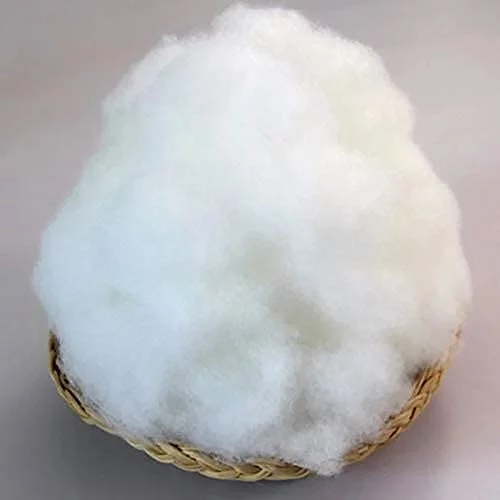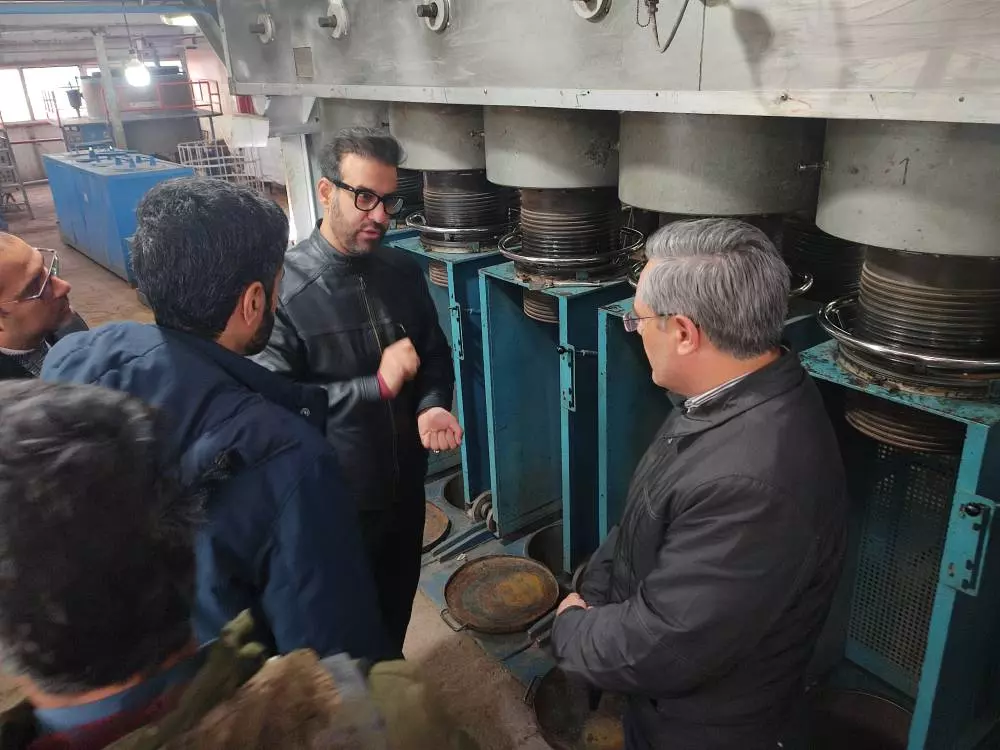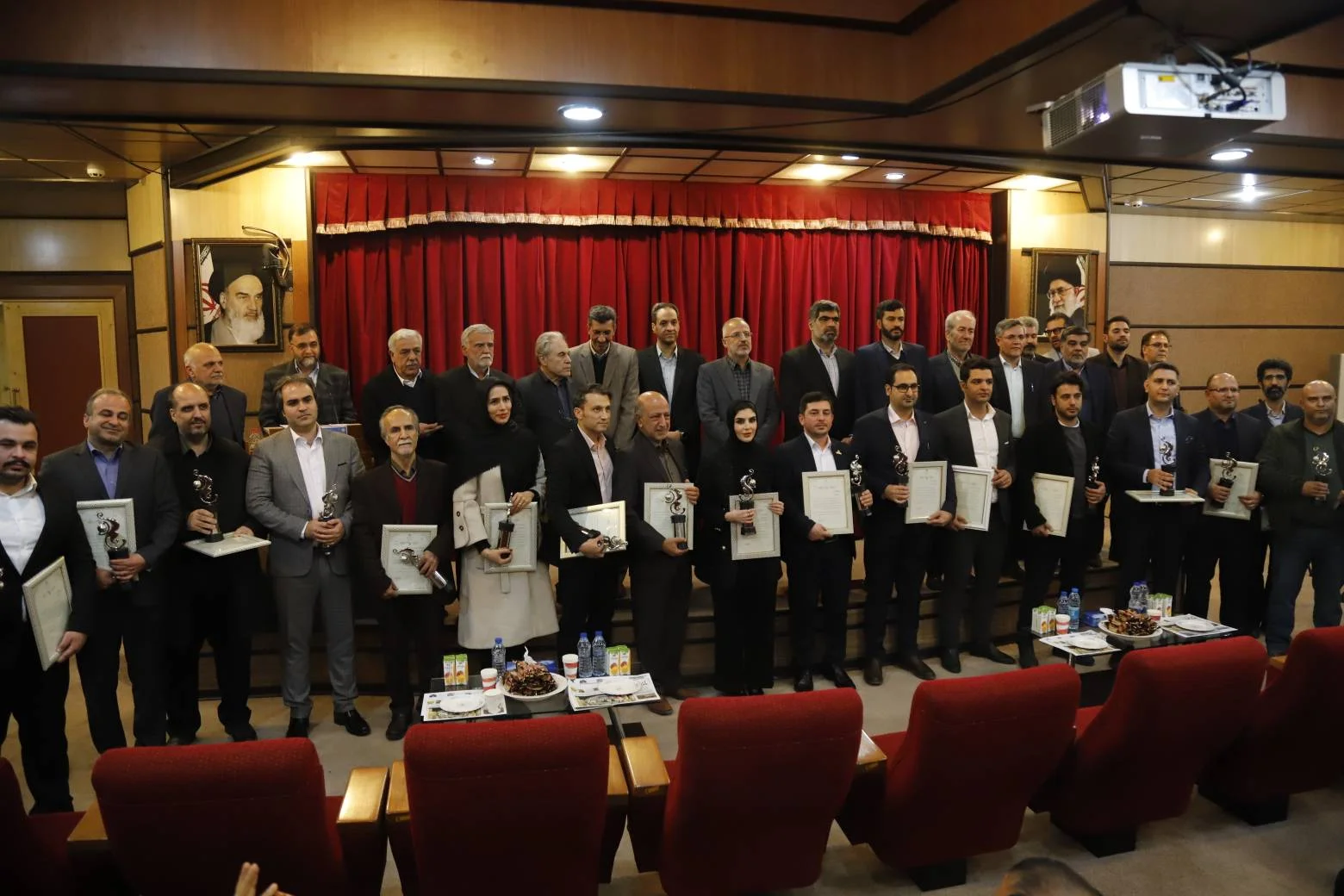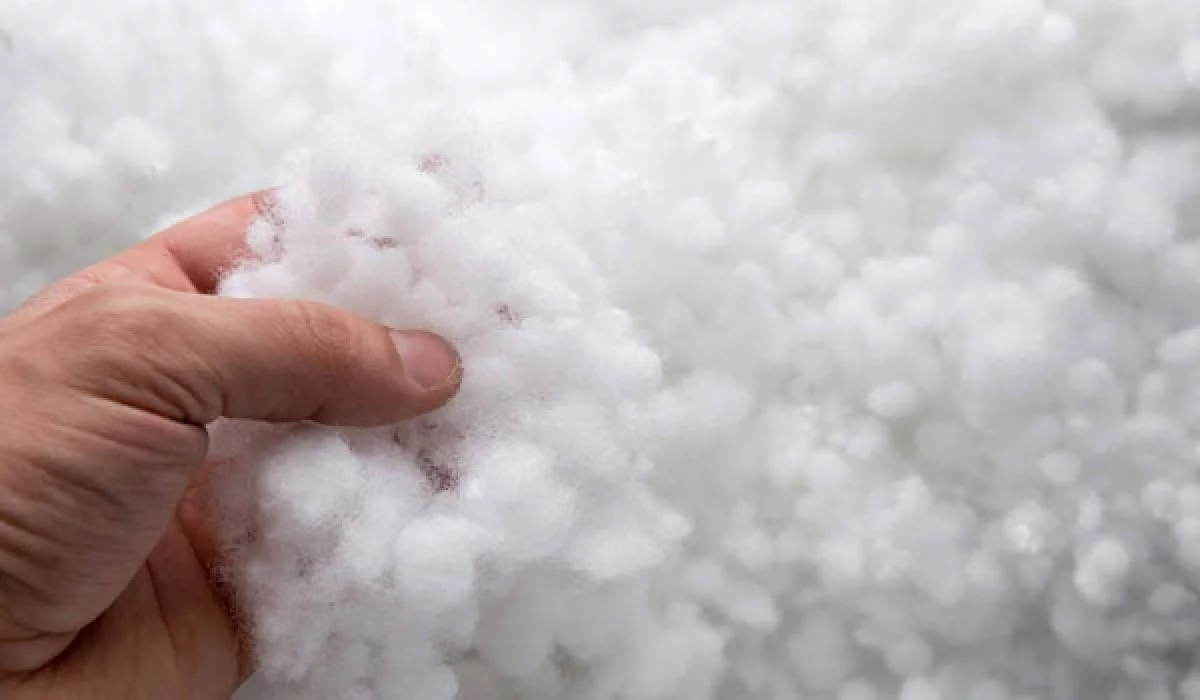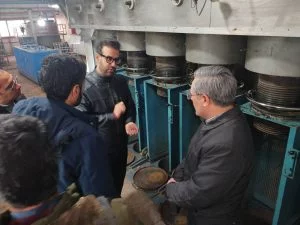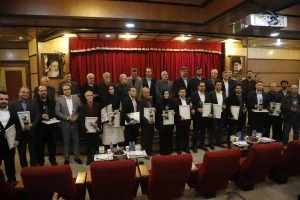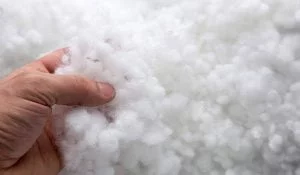hollow fibers
hollow FibersNatural origin The most important natural sources for the preparation of these fibers are plant cellulose. Acetate and viscose Rayon are similar to these fibers.Artificial originThe production of synthetic fibers is usually made from synthetic polymers, which are actually gas and oil derivatives.
Types of fibers Hollow fiber production Hollow Fiber is produced in different ways. In the following text, we will examine these methods:Spinning meltingOne of the simplest, fastest, and most economical methods for producing these fibers is the melt spinning method.
This method is suitable for meltable polymers or thermoplastics.
Protein and cellulosic polymers are thermoset so they can not be melted because they will be destroyed at high temperature.
The first step in melt spinning is the polymer synthesis step. In the next step, the polymer enters the spinning factory in the form of
chips, granules, powder or sheets.
Then the solid polymer becomes a molten material. This material must be capable of spinning. The next step is the extruder stage, which means melting, mixing and homogenization.
The design of this step is very important because it will affect the final fiber and properties of the melt. Impurities are separated inside the extruder. If the impurities remain in the structure, they cause tearing.
Then, the molten material enters the string maker and after passing through it, it becomes a fiber string.The next step is freezing or cooling, which is very important in spinning and melting. If cooling is done at a high speed, the fibers will be frozen without forming so their amorphous percentage
will increase.
The next step is stretching, which takes place in two stages. One stage is due to the difference in speed between the feeding pump and the pick-up roller, and the other stage takes place in the stretching area which consists of two pairs of rollers. Nylon and polyester are prepared in this way.
Spinning solution in Hollow FiberSpinning solution in Hollow Fiber is done in two ways such as wet spinning and dry spinning.Dry spinning: When we have a volatile solvent and thermoset polymer, we perform the dry spinning method.
In this course, we first dissolve the polymer in the solvent and after removing the impurities, we pass it through the filament maker.
After passing through the filament maker, these fibers are in solution form which must be solidified. Therefore, the polymer solvent must be evaporated for extraction.
By heating it, the solvent is removed so we can cool it. Cooling should be gradual.
The stretching areas in the dry spinning method are between the pick-up roller and the feeding pump.
Acetate and acrylic are produced in this way.Wet spinning: In this method, the solvent is not volatile and its extraction is done in the coagulation
bath.
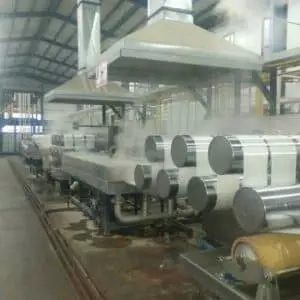
After coming out of the fibers, the fiber is in solution form and it is removed in the solvent coagulation bath so the fiber becomes solid. Acrylic and viscose can also be produced in this way.
Polyester Hollow FibersPolyester Hollow Fiber is a suitable substitute for natural threads and cotton which have many usages.
These fibers have different types.
also they have different benefits based on the characteristics of the raw materials and the production method. Polyester is actually a type of polymers that contain ester groups. Polyester fibers are widely used in various factories and industries which are used to produce different products


